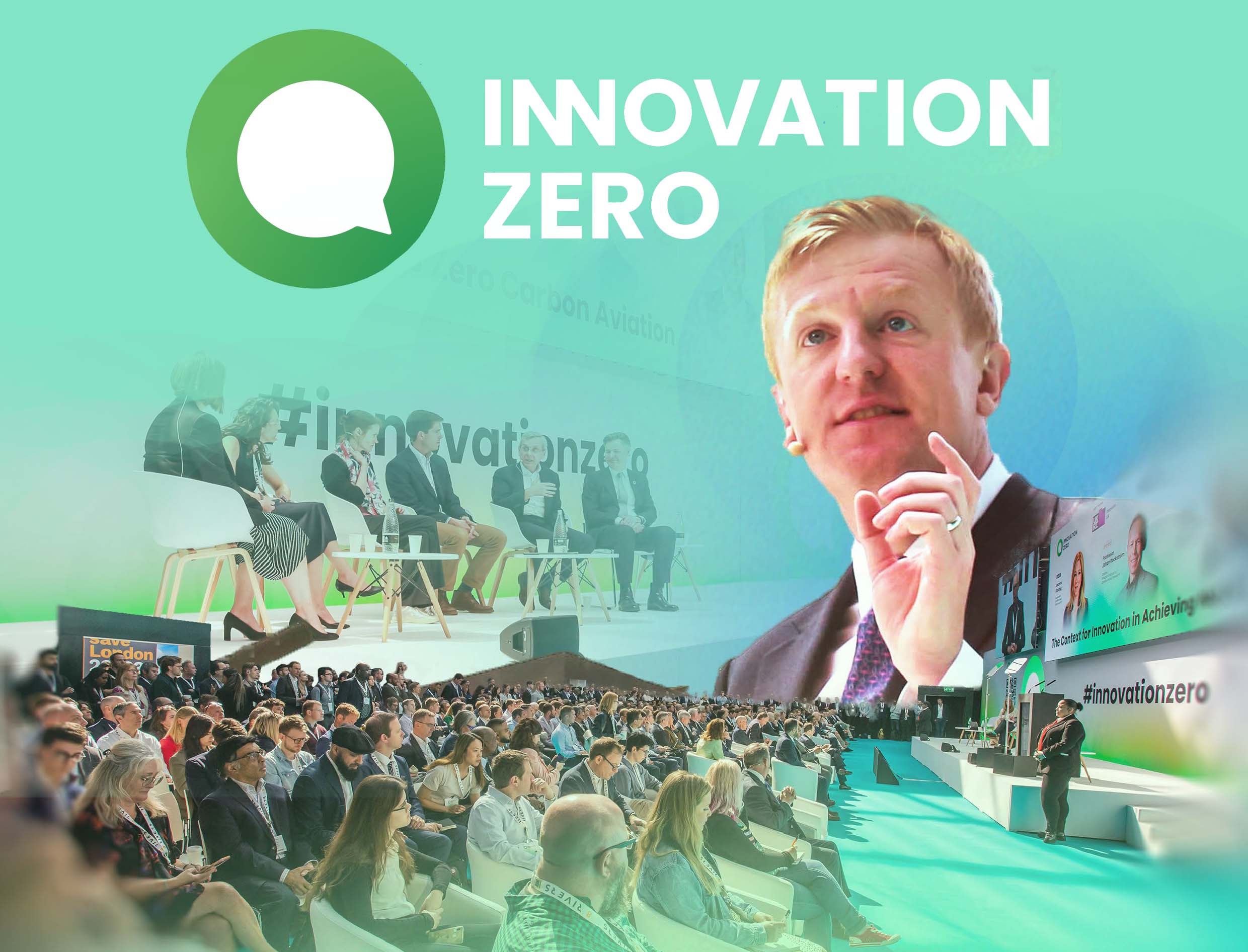In a world grappling with the urgent need for sustainable solutions, Innovation Zero has emerged as a leading platform for action. Positioned between policy-focused COP events, Innovation Zero brings together innovators, funders, policymakers, and non-state actors to drive meaningful action towards a low carbon economy and society. With its upcoming 2024 edition scheduled to take place in London, Innovation Zero aims to scale innovation and lead the transformation towards a sustainable future.
Accelerating Change
The primary mission of Innovation Zero is to accelerate the transition to a low carbon economy by building a global network of change-makers across various disciplines, sectors, and geographies. By providing a platform for leaders who inspire change, Innovation Zero fosters collaboration, partnership, and the development of sustainable solutions.
Congress Highlights
At the heart of Innovation Zero is its international congress held in London, supported by year-round touchpoints. The congress focuses on key themes and forums that drive the low carbon transformation;
- Scaling Clean Technology Debating and challenging barriers to the rapid growth and commercialization of low carbon solutions, Innovation Zero presents original thinking regarding approaches to funding, risk, and accessing international markets.
- Financing the Transformation Connecting co-investors and counterparts throughout the capital stack, Innovation Zero features funders of early-stage ventures through to long-term investors required for capital-intensive new industries.
- Low Carbon Leadership Giving a voice to the bold and creative leaders of the low carbon transformation, Innovation Zero showcases those forging a path, taking risks, and leading us towards a clean future economy.
- Innovative Enabling Policy Recognizing the importance of agile and innovative policymaking, Innovation Zero provides a platform for those navigating the minefield of planning and permitting regulations.
- Investing in Green Infrastructure Delivery of net-zero commitments relies on high-quality, resilient low carbon infrastructure. Innovation Zero presents and debates actions being taken to attract the patient capital required for infrastructure projects in energy, transport, water, digital, and the built environment.
- Circularity Discussions on the circular economy and the need for recycling and waste solutions take center stage at Innovation Zero. Conversations focus on topics such as carbon capture, end-of-life circularity, right to repair, and effective producer responsibility.
- Supply Chain With a growing focus on decarbonizing supply chains, Innovation Zero addresses the need for radical overhauls in supply chain operations and logistics to reduce emissions and improve sustainability.
Exhibitors and Attendees
Innovation Zero attracts a diverse range of exhibitors and attendees, including CEOs, managing directors, directors, partners, chief sustainability officers, and government officials. The event serves as a platform for networking, knowledge sharing, and collaboration among industry leaders, decision-makers, influencers, and technical specialists.
Success Stories
The impact of Innovation Zero is evident in the positive feedback from past exhibitors. Participants have reported high levels of satisfaction, with the event exceeding their expectations. Many exhibitors have generated leads and expanded their industry knowledge, resulting in a high likelihood of returning for future editions.
Looking Ahead to 2024
The 2024 edition of Innovation Zero promises to be even more remarkable, with an anticipated increase in visitors, exhibitors, and speakers. The event will focus on industrializing innovation, engaging regions, and exploring new frontiers in sectors such as food and agriculture, oceans and water, advanced tech, supply chain, and circularity. With a strong emphasis on scaling projects and infrastructure-level solutions, Innovation Zero is poised to drive tangible change and propel the low carbon transformation forward.
Conclusion
Innovation Zero has emerged as a crucial platform for accelerating the low carbon transition. By convening leaders, innovators, and policymakers, the event fosters collaboration, drives innovation, and inspires sustainable solutions. The upcoming 2024 edition of Innovation Zero in London promises to be a significant milestone in the global effort to combat climate change and build a more sustainable future. As the world faces the challenges of the 21st century, Innovation Zero stands as a beacon of hope, showcasing the power of innovation in creating a low carbon economy and society.


 Business4 years ago
Business4 years ago
 Business2 years ago
Business2 years ago
 Business2 years ago
Business2 years ago
 Business2 years ago
Business2 years ago
 Technology2 years ago
Technology2 years ago
 Business2 years ago
Business2 years ago
 Business2 years ago
Business2 years ago
 Business2 years ago
Business2 years ago





















